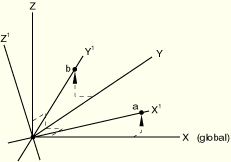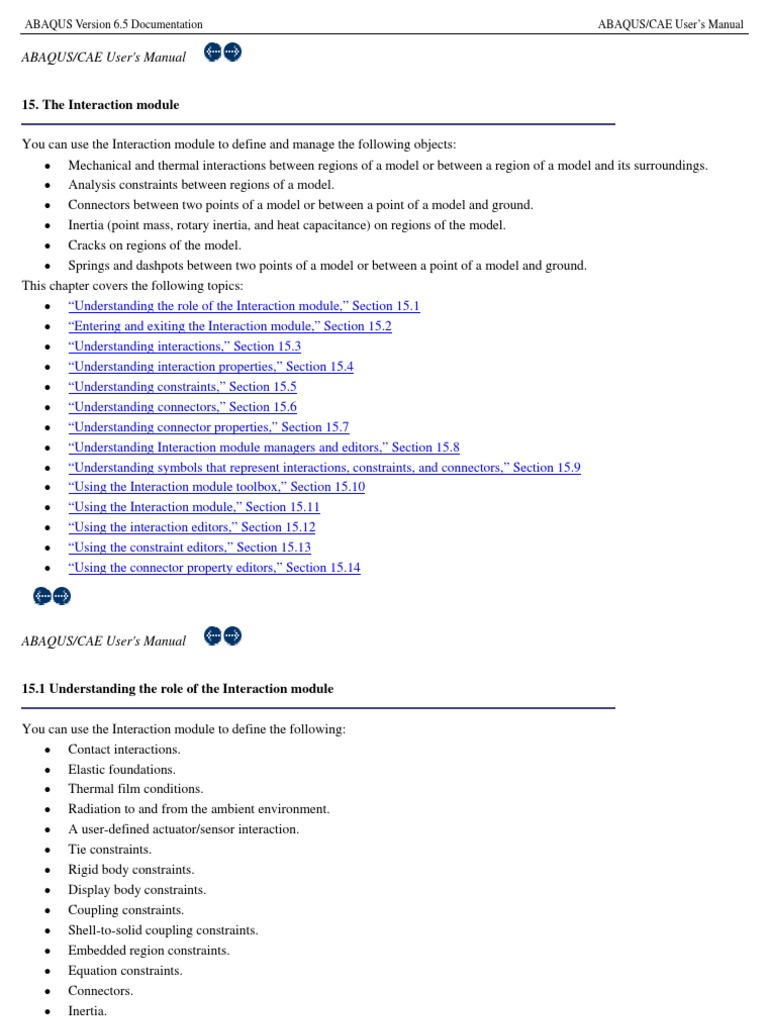The fluid exchange capability in ABAQUS/Explicit is very general and can be used to define flow in and out of a cavity either as a prescribed function or based on the pressure difference arising from analysis conditions. You must associate the fluid exchange definition with a name.
| Input File Usage: |
This reference manual includes detailed descriptions of how to generate models, submit and monitor analysis jobs, and evaluate and visualize results using Abaqus/CAE. Users of Abaqus/Viewer, which is a subset of Abaqus/CAE, should refer to Part V, Viewing results, for information on postprocessing. This volume is the Example and Verification Problems Manual for ABAQUS/EPGEN. Companion volumes are the User's, Theory and Systems Manuals. This volume contains two major parts. The bulk of the manual (Sections 1-8) contains worked examples that are discussed in. The corresponding projection on the deviatoric plane is a circle. A consequence of the above choice is that plastic flow results in inelastic volume expansion in the tensile region and no inelastic volume change in the compressive region (see “Cast iron plasticity,” Section 4.3.7 of the ABAQUS Theory Manual, for details).
Fluid flow between a single cavity and its environment
To define fluid flow between a fluid cavity and its environment, specify the single reference node associated with the fluid cavity. In the discussion that follows this fluid cavity is referred to as the primary cavity. When the flow is defined as a prescribed function, the flow can either be into or out of the primary cavity. If the flow is into the cavity, the properties of the material flowing in are assumed to be the instantaneous properties of the material in the cavity itself. When the flow behavior is based on analysis conditions, flow can occur only out of the primary cavity. For this case ABAQUS/Explicit will use the fluid cavity pressure and the specified constant ambient pressure to calculate the pressure difference used to determine the flow rate.

To define fluid flow between two fluid cavities, specify the reference nodes associated with the primary and secondary fluid cavities. When the flow is based on analysis conditions, the fluid will flow from the high pressure or upstream cavity to the low pressure or downstream cavity.
| Input File Usage: | Use the following options: |

The flow rate from the primary cavity for any fluid exchange property is proportional to the effective leakage area. The leakage area may represent the size of an exhaust orifice, the area of a porous fabric enclosing the cavity, or the size of a pipe between cavities. You can specify the effective leakage area.
You can also define a surface that represents the leakage area by specifying the name of the surface on the boundary enclosing the primary fluid cavity. The effective area for fluid exchange is based on the area of the surface unless you specify the area directly. If both the effective area and a surface are specified, the area of the surface will be ignored. If neither is specified, the effective area defaults to 1.0.
Abaqus Analysis User's Manual
| Input File Usage: |
